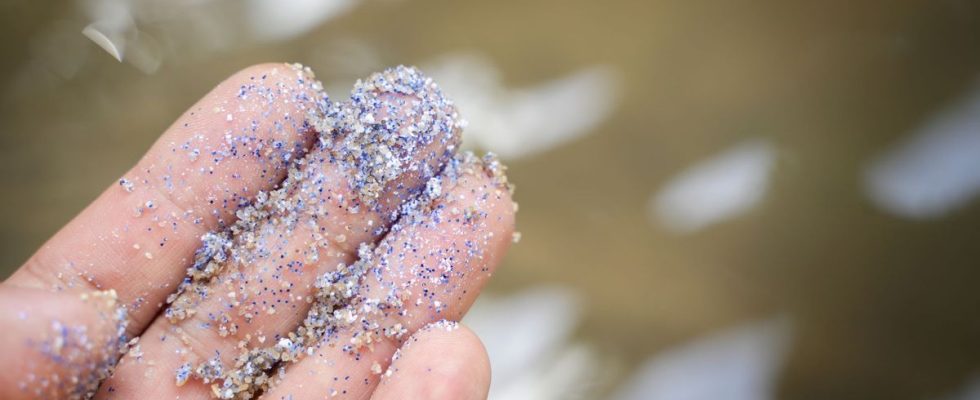Published on
Updated
Reading 2 mins.
No less than 9 different types of plastic were found in heart tissue, taken from about fifteen patients! This is the first time these pollutants have been discovered in human hearts.
A team from Anzhen Hospital in Beijing, China, discovered microplastics in heart tissue. This is the first time that experts have discovered the presence of these pollutants in the human heart. A total of 9 different types of microplastics were found in five types of heart tissue, with the amounts varying between patients.
Microplastics from food packaging and paints
We talk about microplastics to refer to particles less than 5 mm long, which are formed by the degradation of bottles and food packaging and which end up in the environment. These microplastics were thus detected for the first time thanks to laser and infrared imaging, in the hearts and blood of 15 patients undergoing cardiac surgery, after having taken a sample of tissue and blood from them, therefore, before and after the operation.
Microscopic particles of polymethyl methacrylate — a plastic commonly used as a tough alternative to glass — were found in three different parts of the core. For the researchers, this could not have been due to accidental exposure during surgery.
In contrast, after surgery, blood samples from study participants contained a smaller but larger variety of plastics, suggesting that some microplastics were introduced into the body during surgery.
Finally, other plastics found included polyethylene terephthalate, used in clothing and food containers, and polyvinyl chloride ( PVC ), which is common in things like window frames, drain pipes, paint and more.
Cancer, heart disease, dementia… what are the consequences of these microplastics?
Beyond surgical contamination, scientists assume that the microplastics were inhaled or swallowed by patients. According to them, microplastics, once passed through the blood, could cling to the outer membrane of red blood cells and affect their ability to transport oxygen.
They would also be linked to the risk of developing cancer, heart disease, dementia and fertility disorders. Another problem: the inflammation that these particles cause in the body, our cells being unable to destroy them. “The detection of microplastics in vivo is alarming, and further studies are needed to investigate how these particles enter heart tissue and the potential effects of MPS on long-term prognosis after heart surgery.”
While the action of microplastics on the human body raises more and more questions, studies are multiplying on their detection in the blood and our veins, in breast milk, in our stools… In 2019 , a shock report by the NGO WWF had estimated that a human being ingests and inhales up to 5 grams of plastic per week, the equivalent of a credit card.
